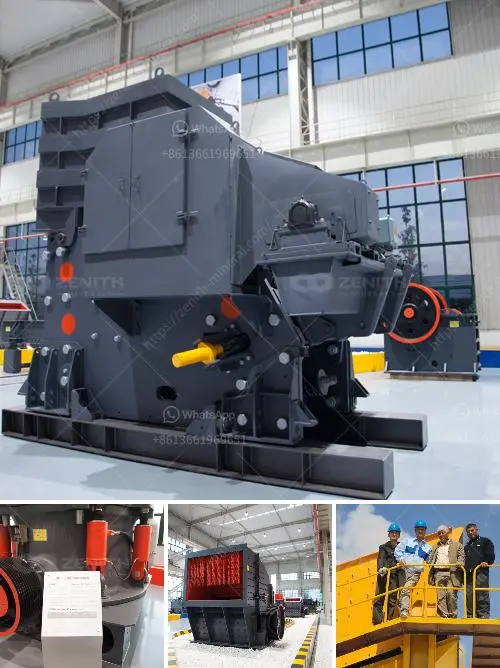Tracking the life of granite crusher wear parts can significantly improve maintenance planning and operational efficiency. Integrating IoT sensors into the process offers a modern solution for continuous monitoring and predictive maintenance. Here's how to effectively track wear parts life using IoT sensors:
First, identify the components in the crusher that are most prone to wear, such as liners, hammers, or jaws. These parts should be equipped with sensors for detailed tracking.
Choose sensors that can withstand harsh conditions and that provide accurate data. Common types include:
Install sensors in strategic locations on the crusher parts. Ensure that they are securely mounted and can operate under the crusher's high stress and dusty conditions.
Use a reliable IoT platform for real-time data collection. This may involve:
Implement data analytics to monitor wear patterns and predict failure. Key elements of analysis include:
Based on the insights gained, develop a proactive maintenance schedule:
Continuously monitor sensor data to optimize crusher performance. Use feedback loops to improve sensor placement and data interpretation methods.
Ensure compatibility with current operational systems and integrate IoT sensor data with enterprise resource planning (ERP) systems for holistic management.
By employing IoT sensors in tracking the life of granite crusher wear parts, operators can ensure efficient use and timely maintenance, optimizing the lifespan and operational efficiency of their equipment.
